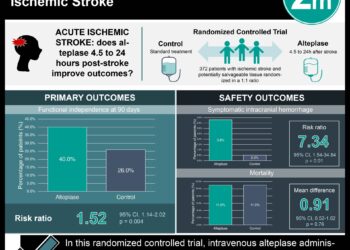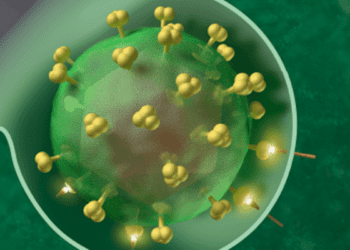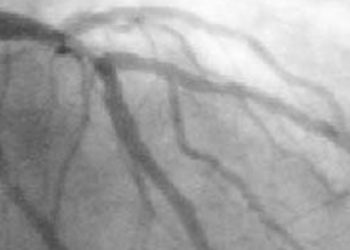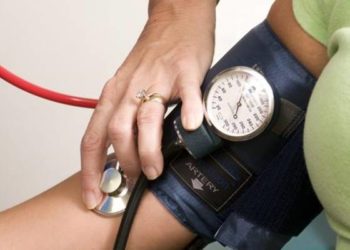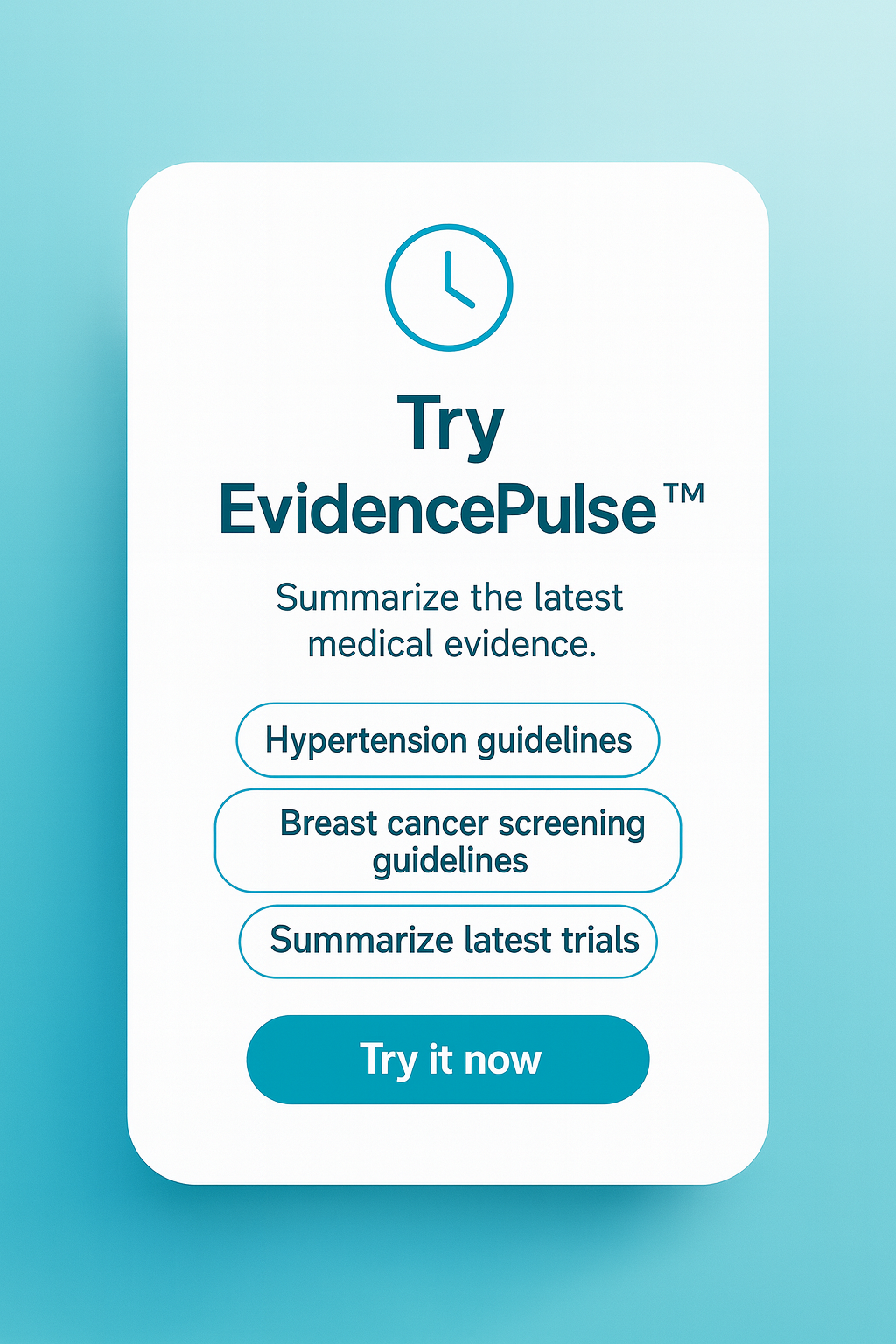Postoperative and nonoperative atrial fibrillation have a similar risk of associated thromboembolism
1. Postoperative atrial fibrillation had a similar risk for associated stroke or transient ischemic attack (TIA) as compared to nonoperative atrial fibrillation.
2. Those with postoperative atrial fibrillation had a lower risk for subsequent atrial fibrillation.
Evidence Rating Level: 1 (Excellent)
Study Rundown: New-onset atrial fibrillation can occur sporadically or be triggered by factors such as the perioperative state. In these instances, perioperative stress and systemic inflammation may contribute to the development of atrial fibrillation. However, there is a gap in knowledge as to understanding how postoperative atrial fibrillation after noncardiac surgery compares with atrial fibrillation occurring outside of the operative setting with respect to subsequent risk for nonfatal and fatal outcomes. Overall, this study found that in patients undergoing noncardiac surgery, atrial fibrillation occurring postoperatively is associated with similar risks for stroke and TIA and cardiovascular-related as well as all-cause death compared with other atrial fibrillation documented outside of the operative setting. This study was limited by the study population being not very racially diverse, as well as no information to categorize atrial fibrillation as paroxysmal or persistent, and residual confounding in the associations between demographic characteristics and postoperative and nonoperative atrial fibrillation groups. Nevertheless, these study’s findings are significant, as they demonstrate that postoperative atrial fibrillation that develops after non-cardiac surgery has similar risks as nonoperative atrial fibrillation in terms of risk of developing stroke, TIA, or cardiovascular-related death.
Click to read the study in AIM
Relevant Reading: Diabetes-Related Complications and Mortality in Patients With Atrial Fibrillation Receiving Different Oral Anticoagulants
In-Depth [cohort study]: This cohort study utilized the Rochester Epidemiology Project medical records system. Patients who are aged 18 years or older, from Olmsted County, Minnesota, with incident atrial fibrillation diagnosed between January 2000 and December 2013 were eligible for the study. Patients with atrial fibrillation occurring within 30 days of heart or large thoracic vessel surgery were excluded from the study. The primary outcome measure was the composite of ischemic stroke or TIA, with secondary outcomes such as subsequent atrial fibrillation, all-cause death, and cardiovascular-related death also studied. Outcomes in the primary analysis were assessed via Kaplan-Meier cumulative incidence plots as well as 2-sample t-tests. Based on the primary analysis, 4,231 patients had incident atrial fibrillation, with 550 of them having postoperative atrial fibrillation as their first-ever documented atrial fibrillation presentation. Over a mean follow-up of 6.3 years, 486 patients had an ischemic stroke or TIA, and 2,462 had subsequent atrial fibrillation, with a total of 2,565 deaths. Between postoperative atrial fibrillation and nonoperative atrial fibrillation groups, the risk for stroke or TIA was similar (absolute risk difference at 5 years, 0.1%; 95% Confidence Interval, -2.9% to 3.1%). No significant difference was observed for cardiovascular death or all-cause death in patients with postoperative atrial fibrillation or nonoperative atrial fibrillation. Overall, this study demonstrates that postoperative atrial fibrillation after noncardiac surgery is associated with similar risks for stroke, TIA, and cardiovascular-related deaths compared to nonoperative atrial fibrillation patients.
Image: PD
©2022 2 Minute Medicine, Inc. All rights reserved. No works may be reproduced without expressed written consent from 2 Minute Medicine, Inc. Inquire about licensing here. No article should be construed as medical advice and is not intended as such by the authors or by 2 Minute Medicine, Inc.

